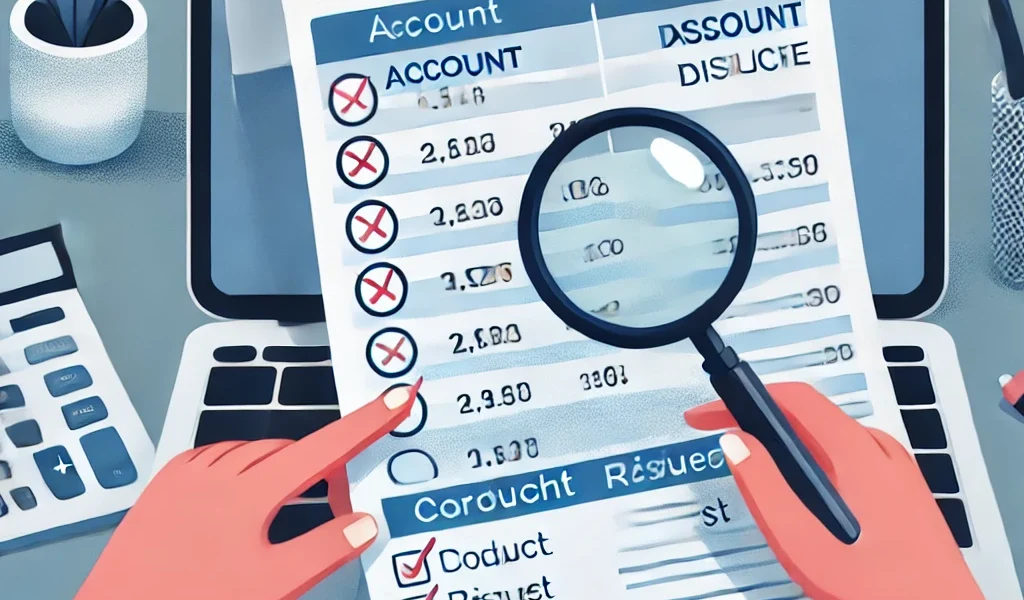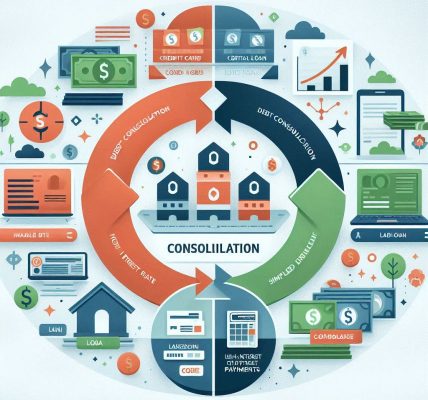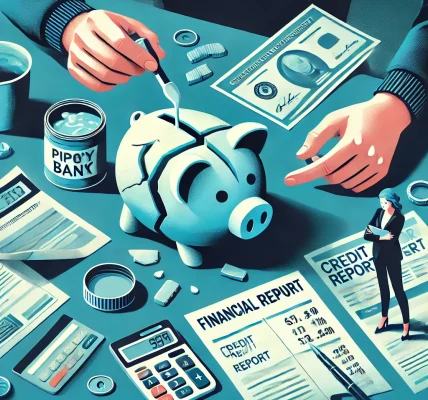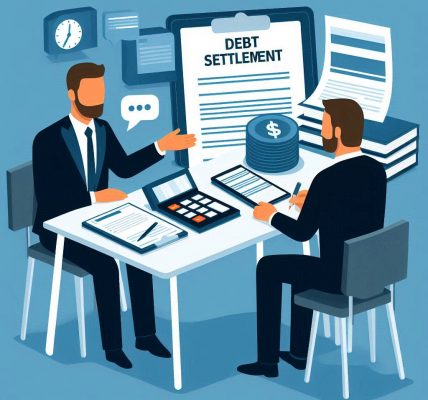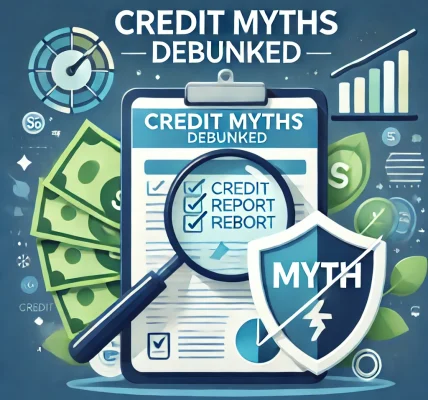Introduction
Your credit report plays a crucial role in your financial health. It affects your ability to secure loans, credit cards, and even rental agreements. However, errors in credit reports are more common than you might think, and they can negatively impact your credit score.
In this DIY guide, we will walk you through how to check your credit report for errors, the types of mistakes to look for, and how to dispute inaccuracies effectively to protect your financial standing.
Why Checking Your Credit Report is Important
- Ensures Accuracy: Errors in your credit report can lead to higher interest rates or loan denials.
- Prevents Identity Theft: Unauthorized accounts may indicate fraud or identity theft.
- Improves Your Credit Score: Fixing errors can boost your creditworthiness.
- Helps with Loan Approvals: A clean credit report increases your chances of getting approved for credit cards, mortgages, and other loans.
Where to Get Your Credit Report
You are entitled to a free credit report from each of the three major credit bureaus once a year through:
- AnnualCreditReport.com
- Equifax (www.equifax.com)
- Experian (www.experian.com)
- TransUnion (www.transunion.com)
For better tracking, you can request one report every four months from a different bureau instead of all at once.
Common Credit Report Errors to Watch For
1. Personal Information Errors
- Incorrect name, address, or phone number
- Wrong Social Security number
- Mixed-up accounts with someone with a similar name
2. Account Errors
- Incorrect credit card balances
- Duplicate accounts listed
- Accounts incorrectly labeled as late or delinquent
3. Fraudulent Accounts
- Unknown accounts you didn’t open
- Hard inquiries from companies you never applied for credit with
4. Incorrect Payment Status
- Payments marked as late when they were on time
- Accounts that are closed but still reported as open
- Wrong loan or credit card limits
How to Dispute Errors on Your Credit Report
If you find errors, follow these steps to dispute them effectively:
Step 1: Gather Supporting Documents
- Bank statements
- Payment records
- Identity verification documents
- Any correspondence related to the disputed account
Step 2: Contact the Credit Bureau
You can dispute errors online, by phone, or via mail with the respective bureau:
- Equifax: Dispute Online
- Experian: Dispute Online
- TransUnion: Dispute Online
Step 3: Write a Formal Dispute Letter
If disputing via mail, send a formal letter with:
- Your full name and address
- A description of the error
- Supporting documents
- A request for correction
Use certified mail for proof of submission.
Step 4: Contact the Creditor
- Reach out to the bank or lender reporting the incorrect information.
- Request a correction directly from them.
- Ask for a written confirmation once resolved.
Step 5: Follow Up
- The credit bureau has 30 days to investigate your claim.
- You will receive an update on whether the correction was made or if further action is needed.
- Keep records of all disputes and responses.
What If Your Dispute Is Denied?
- Request Reinvestigation: If the error remains, you can provide additional documentation and request another review.
- Add a Consumer Statement: You can include a statement explaining your dispute, which will be visible to lenders.
- Complain to the CFPB: If the credit bureau does not correct the error, file a complaint with the Consumer Financial Protection Bureau (CFPB).
Tips to Maintain an Accurate Credit Report
- Check your report at least once a year for new errors.
- Monitor your credit score through free apps like Credit Karma or your bank.
- Set up fraud alerts if you suspect identity theft.
- Opt for credit monitoring services for real-time alerts on suspicious activities.
Conclusion
Errors in your credit report can cost you thousands in higher interest rates or lost financial opportunities. By taking proactive steps to check and dispute errors, you can ensure your credit report remains accurate and up to date.
